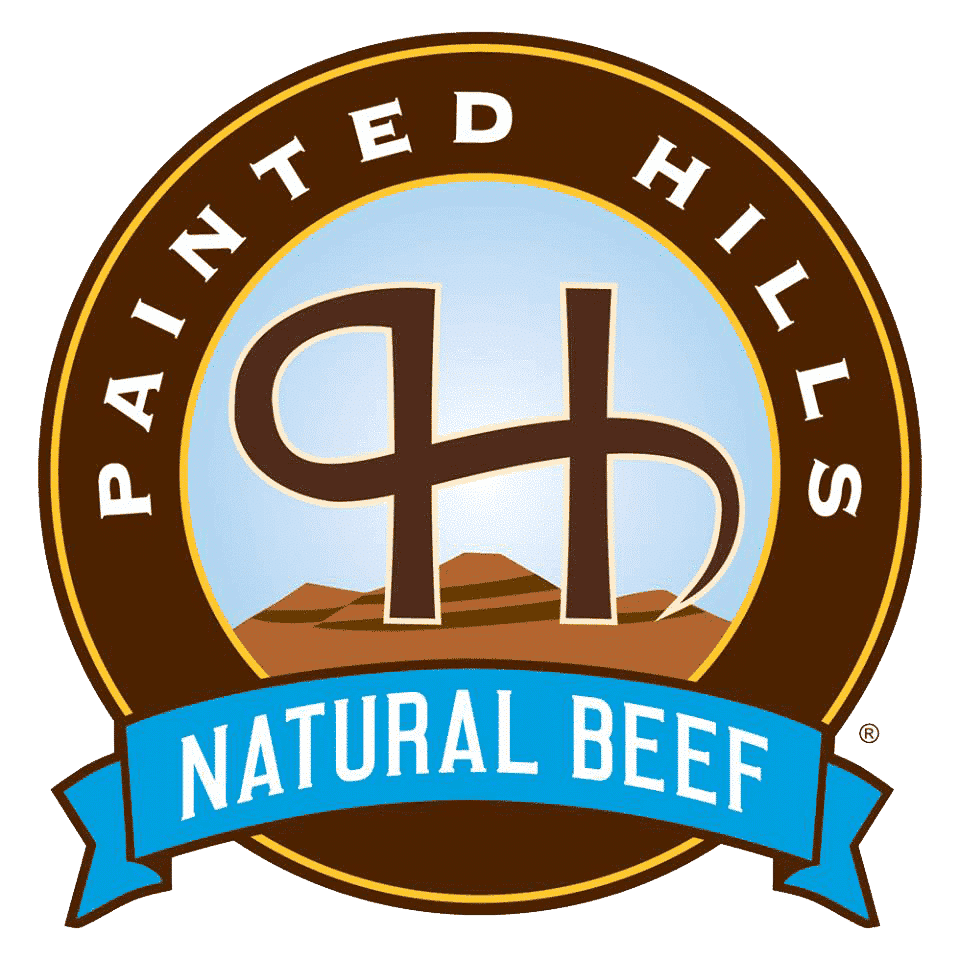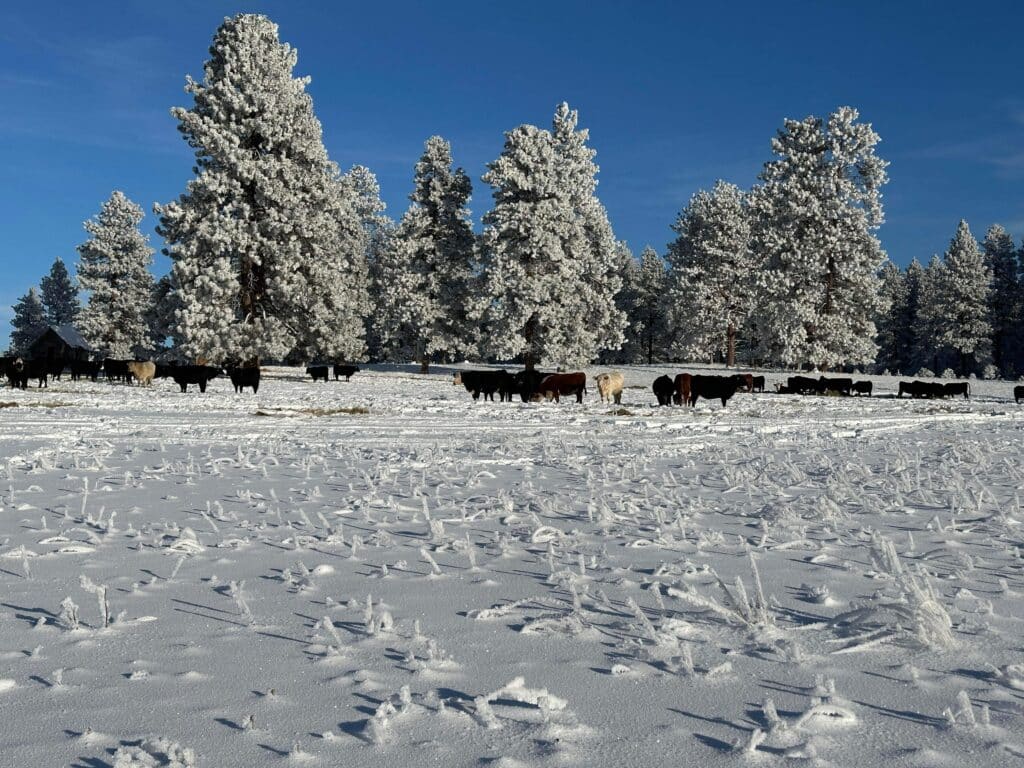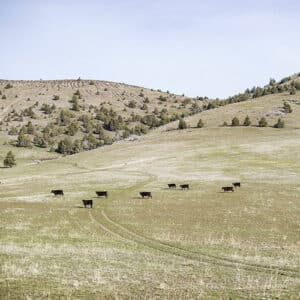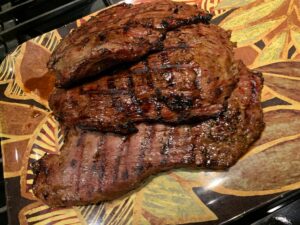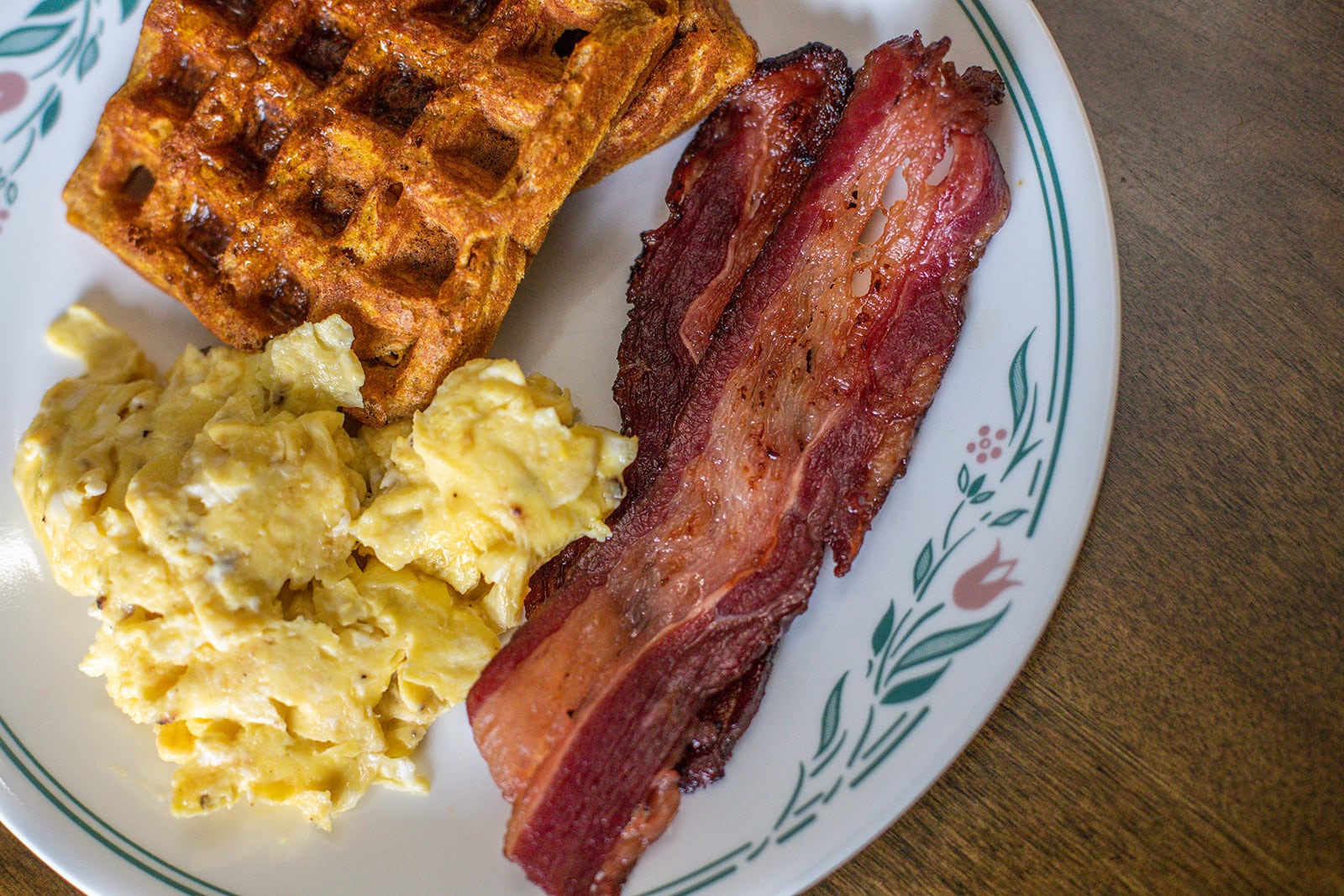Do cows get cold?
We know, the cows do look cold as the snow piles atop their backs. When we got home from flaking 18,000 pounds of hay off the flatbed on Saturday, we answered a few questions with “they’re actually quite warm, even in -5 degrees.” We wanted to rely some information to you as how we help them stay warm in extreme temperatures.
Here’s how we keep cattle warm in the winter:
1. They grow a thick, long-haired insulating coat that helps keep them warm from the wind and cold temperatures. Once the weather begins to drop in late fall, they put on a heavier coat automatically. Some coats are heavier than others just like some people where heavier jackets than others. You may see different coats, mainly based on breed and region
2. Feeding extra rations increases their metabolic rate. This is why we put out 18,000 pounds hay in one day. It’s important to keep up with the demands of the weather. They require a lot more nutrition in conditions like this so we up their intake by quite a few pounds. For example, our fall pairs eat about 35-40 pounds per head per day in more mild conditions, yesterday they ate upwards of 60 pounds per head per day. But they all have snow on their backs and are well insulated.
3. Water is a key element to keeping them warm. If they don’t have enough water, they won’t eat as much and will lose body condition and heat. Thats why we check water several times a day to make sure it’s not froze over, and if it is, we break the ice. They’ll resort to eating snow if they have to, but they’ll never be able to consume enough.
Why is it a good thing to see snow on cows backs?
If there’s snow on their back, it’s a good sign. It means they’re retaining their body heat. The snow acts as an insulation for them. If there isn’t snow, it means they’re cold and need more feed to get their metabolism up.
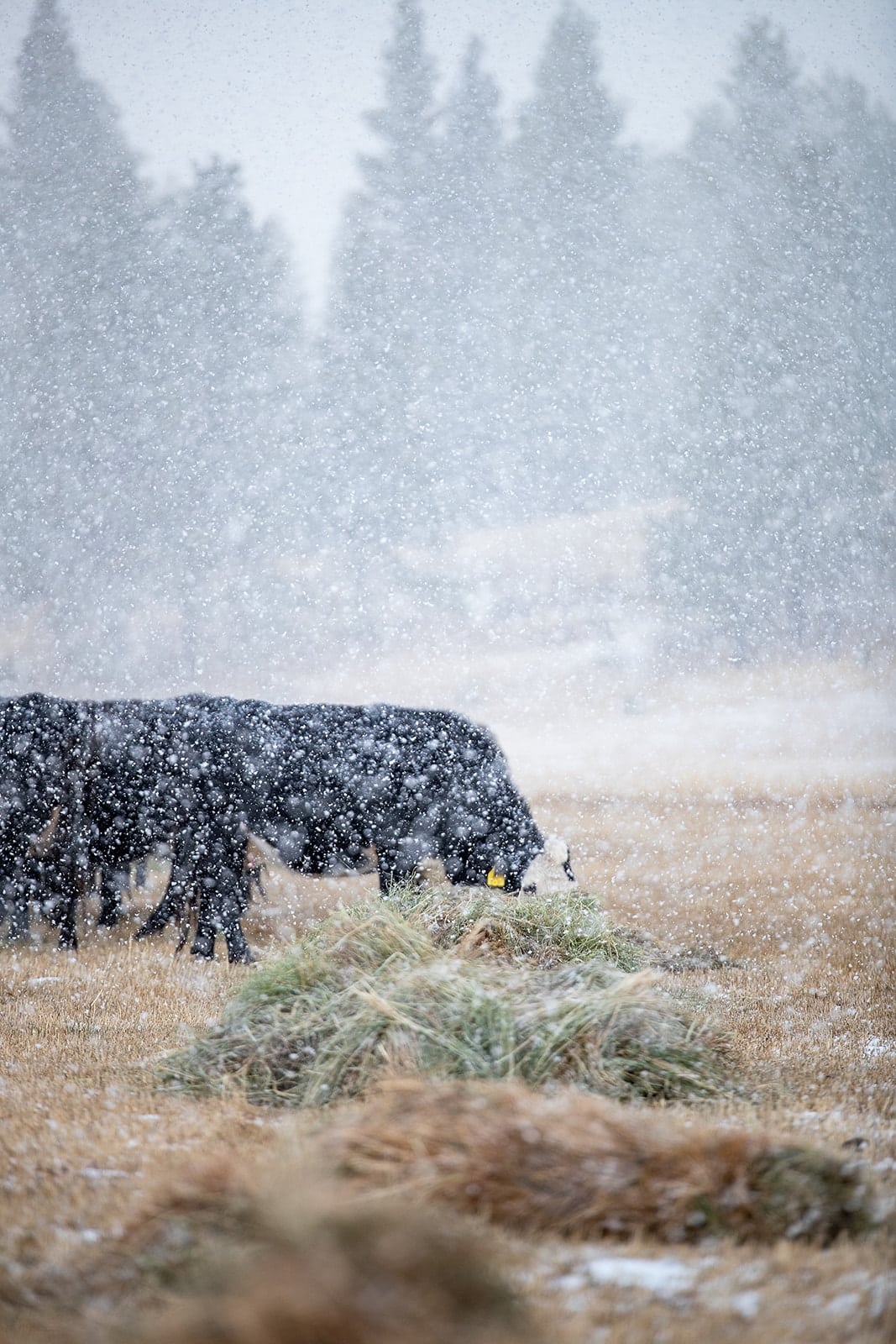
We monitor our cows around the clock for signs of cold stress. We look for things like gathering in tight clusters, shivering, and wet coats causing cold extremities (such as ears, udders, tails, hooves, or legs). This is most likely to occur in calves, and if we find they need a little extra help, we’ll put them in the truck, in the house, or in the barn to warm them up. It is best for them to be with their mom and they’re a lot tougher than they seem, so once they prove to be warm and active, we stick them back with her. Of course, we continue to check in on them and provide proper care depending what weather conditions arise.
Cattle are incredibly hardy and can withstand weather we deem too cold for our comfort. We are continuously monitoring our cattle for anything they may need during extreme winter weather.
More resources for you to check out on how cattle weather the winter:
